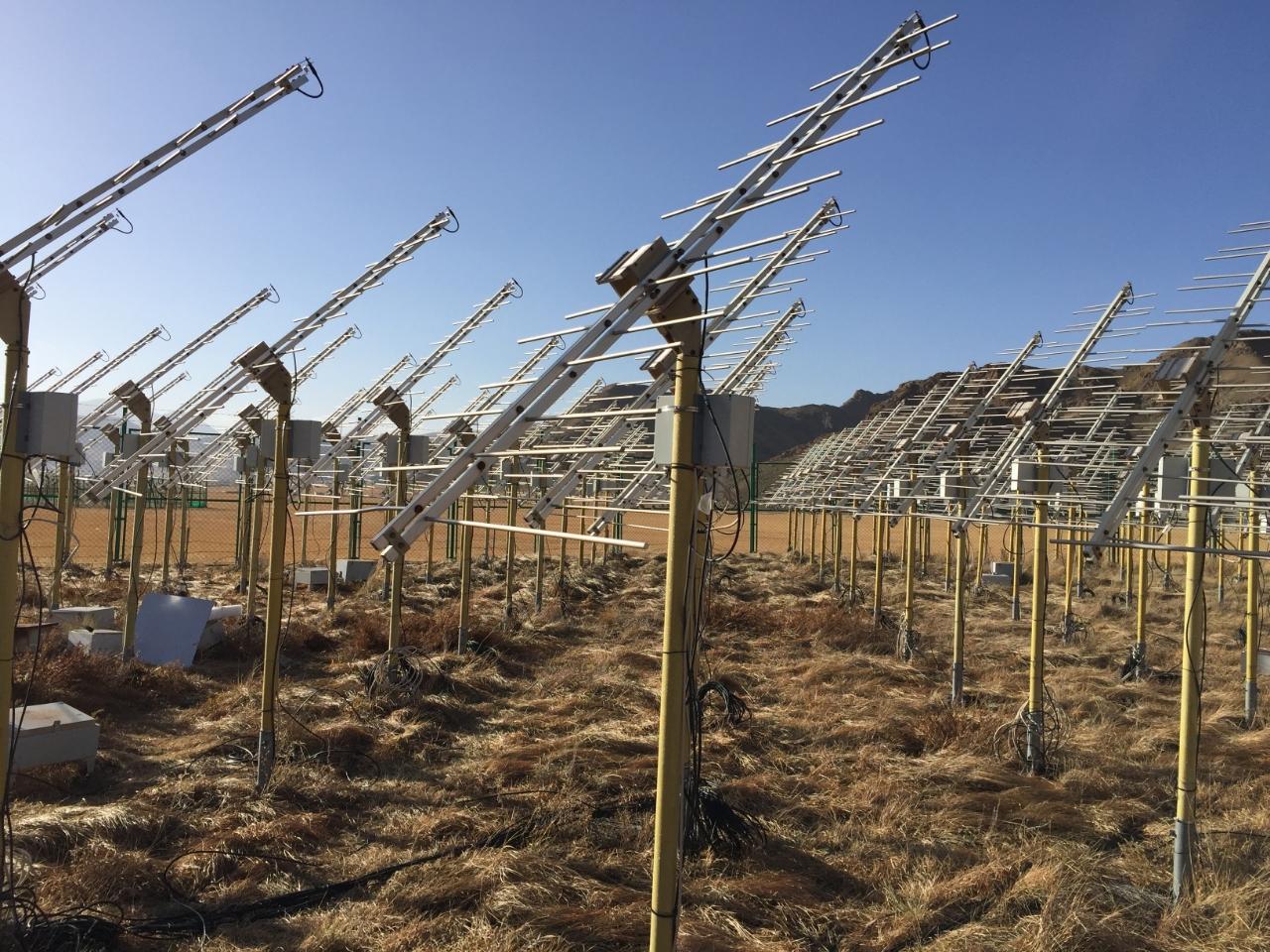Chinese 21 CentiMeter Array joins SKA pathfinder family
The recently upgraded 21CMA was originally constructed from August 2004 to July 2006 and consists of an array of 81 pods with 127 log-period antennas each spread along two perpendicular arms of six and four kilometres.
The instrument operates in the low-radio frequency range of 50 to 200 MHz, a range that will also be covered by the SKA-Low telescope.
“The SKA pathfinder family includes telescopes around the world that are helping develop new techniques and gathering scientific knowledge in preparation for the SKA telescopes,” said SKAO Director-General Prof. Philip Diamond.
“After due consideration and recognising that the 21CMA project is developing and testing technology of interest to the SKA project, I am very pleased to award SKA pathfinder status to the 21CMA project.”

Over the past two decades 21CMA has gathered over 3,000 terabytes of data and constructed a huge catalogue of radio sources. Analysis of the telescope data is performed by scientists at the National Astronomical Observatories of China (NAOC).
The recent updates to the array include the development of a new digital multi-beamforming backend for four antenna stations – to digitally “point” the antennas in a certain direction – and preparations for pulsar observations in the 50–250 MHz frequency range.
In October 2024, the new digital backend successfully produced interference fringes and demonstrated its capabilities in beam steering and tracking. Since then, known pulsars have already been detected, and more observations are underway.
“We have learned a great deal about low-frequency radio astronomy through the development and operation of 21CMA,” added Prof. Xiang-Ping Wu, founder of the 21CMA project.
“I’m truly delighted that 21CMA has now been officially recognised as an SKA pathfinder. We look forward to continuing our contributions to SKA-Low and its future scientific endeavours, especially in detecting the Epoch of Reionization.”
The telescope array has been instrumental in advancing China’s low-frequency radio astronomy capabilities, building up a database of long-term observations with great scientific potential, and contributing significantly to the country’s SKA science initiatives.







